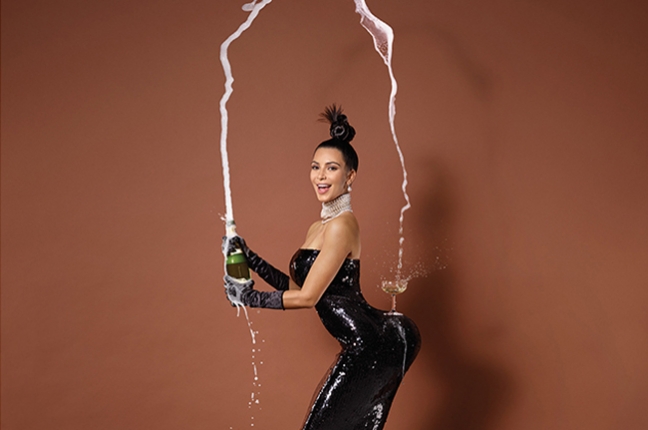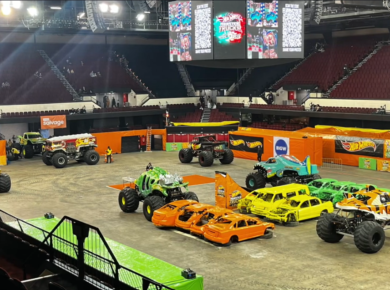Internet of Things influencing day-to-day lives
Our planet is turning into an electronically controlled ball of energy. There is a lot of hype over Internet of Things (IoT) in today’s technology oriented world. Let’s just step back in time, say about a decade ago, when Internet of Things was as anonymous as the iPhone. And now all of a sudden it is all over the place and news.
So how was IoT coined?
It was done in 1999 by Kevin Ashton. As per him it is an Internet system which connects to the world via sensors and storage of data. How the internet and the devices connected to it have grown over the past is evident from the fact that in in the year 2003 the ratio of internet connected devices to people was 500 million internet connected devices to 6.3 billion people in the world with approximately 0.08 devices per person. This rocketed quickly and by the year 2010 the ratio was 12.5 billion internet connected devices to 6.8 billion people in the world with about 1.84 devices per person.
How do you classify a device under IoT?
Not all electronic gadgets can be classified under Internet of Things. Devices like a toaster or a refrigerator cannot be a part of IoT unless they have the 7 key features which are notably: sensors, processors, internet connectivity, cost-effectiveness, energy-efficiency, quality and security.
The future plan is to make the household appliances like light bulbs, doors, and washing machines, part of IoT. These appliances do not get replaced very often when compared to our cell phones which makes them very appealing to be morphed. Giving the household appliances sensors and connectivity means providing them a brain of their own and hence the appliances will be able to perform functions automatically without external stimulus at different junctures.
The evolution of machine to machine communication is what IoT is all about and it is fast paced, which means capturing and storing of gargantuan amounts of data. The need to store data at every step has in-turn resulted in the Big data and a cloud computing boom.
Companies putting iot into practice are a huge range and are destined to grow big in the near future. Incorporation of Iot in businesses allows the companies to better assess the customer needs based on the data collected and fulfill their demands. Big data and the internet of things are the technologies to keep an eye out for.
But just how risky could this be?
There is a whole lot of skepticism around the security issues that the conversion of day-to-day devices into a part of IoT poses. The security and privacy threats could be unimaginable with such large extent of automation. Concerns about privacy and safety will grow with the IoT trying to invade our privacy. You may never know what could be spying on you. Next time you sit in front of your television imagine it to be watching you instead of the other way around.










